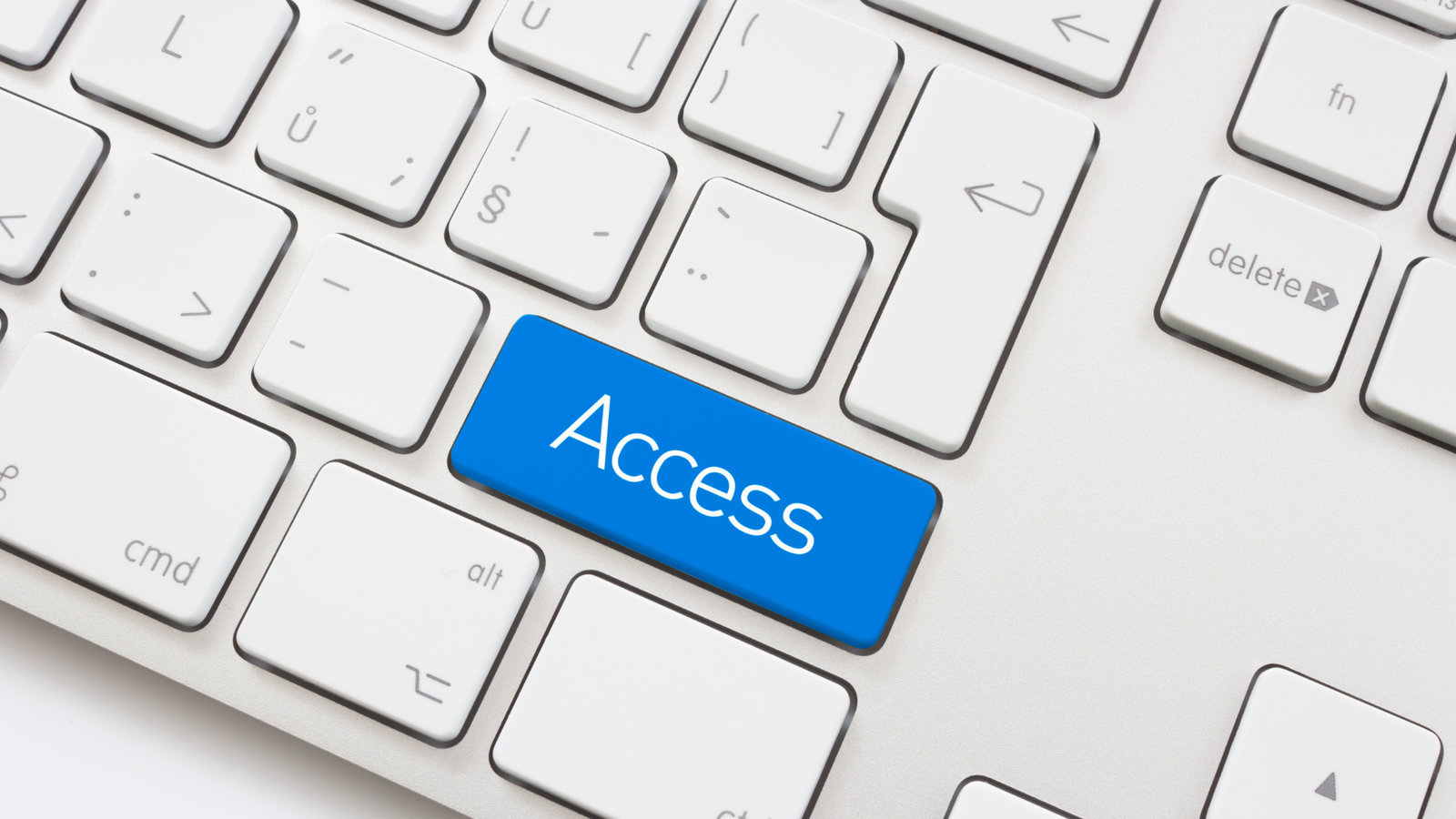The Australian Government has introduced a new strategy aimed at ensuring First Nations people with disabilities receive culturally safe and accessible support through the National Disability Insurance Scheme (NDIS). The strategy is designed to address systemic barriers that have made it difficult for many First Nations people to access the support they need. It reflects a commitment to delivering a more inclusive and effective NDIS, ensuring better outcomes for First Nations participants across Australia. Additionally, this initiative aligns with key national priorities, including recommendations from the Disability Royal Commission and the NDIS Review, as well as the Australian Government’s ongoing commitment to the National Agreement on Closing the Gap. Developed in Partnership with First Nations Communities The strategy was developed through extensive consultation with First Nations NDIS participants, providers, community partners, peak bodies, and advocates. The First Nations Strategy Working Group played a key role in shaping this plan, ensuring diverse representation across geographic, gender, age, and disability perspectives. “This group contributed not only their own knowledge and expertise but also incorporated insights from more than 650 First Nations people who shared their experiences through the Disability Royal Commission and NDIS Review,” Minister Shorten explained. To further strengthen First Nations representation within the NDIS, Minister Shorten also announced the establishment of the NDIA Independent Advisory Council (IAC) First Nations Reference Group. “The government is fully committed to working alongside First Nations people with disability, their families, advocates, and communities to co-design the necessary reforms and improve outcomes,” Minister Shorten said. Strengthening Engagement with First Nations Communities “First Nations communities have always approached progress with a vision that respects past, present, and future generations. This strategy reflects that—honouring First Nations ways of knowing, being, and doing.” Currently, the NDIS provides support to over 52,000 First Nations participants, and this strategy aims to further improve access, engagement, and outcomes for First Nations people living with disability across Australia.
Securing the Future of the NDIS: Empowering Participants, Ensuring Sustainability
The most recent NDIS Quarterly Report highlights the positive impact of ongoing reforms aimed at enhancing support for participants while ensuring the Scheme’s long-term sustainability. Currently, over 692,000 Australians benefit from disability-related support through the NDIS, with more than 19,000 individuals joining the Scheme in this quarter alone. The report also reflects how recent reforms and legislative changes are strengthening the NDIS, contributing to a steady and encouraging trend of cost growth stabilisation. These changes are projected to reduce Scheme costs by approximately $19.3 billion over the four years leading up to 30 June 2028. Additionally, the Scheme’s growth rate has slowed from 18.9% in 2023-24 to 11.9% year-on-year, with the Agency remaining on track to achieve its 8% growth target by 2026-27. The stabilisation of cost growth has primarily been driven by measures that reduce plan inflation and mitigate the risk of plan overspending. Transformational reforms are being shaped through active engagement with people with disability and the broader disability community. So far, over 70 co-design sessions involving more than 620 participants, alongside 30 targeted consultations with over 90 external stakeholders, have contributed to these improvements. Key participant outcome highlights from this quarter include: The NDIA has introduced several initiatives to improve participant experiences, including: Additional key developments this quarter include: These efforts collectively demonstrate the ongoing commitment to strengthening the NDIS and improving outcomes for all participants.
Strengthening Provider Identity Verification for NDIS Access
To enhance security and streamline access, we are improving the way provider identities are verified within the NDIS. Starting mid-2025, we will gradually transition to a new online verification and authorization system, giving providers ample time to adjust. This change will replace the current PRODA system with myID and the Relationship Authorisation Manager (RAM) for identity verification and system access. Transitioning from PRODA to myID and RAM At present, providers and their nominated staff use PRODA to confirm their identity when connecting with the NDIA. Moving forward, myID, formerly known as myGovID, will become the primary method for verifying identities. What is myID?myID is the Australian Government’s official Digital ID app, offering a secure and convenient way to verify your identity online. Once set up, it can be used across multiple government services. What is RAM?RAM is an authorization service that allows individuals to act on behalf of a provider when linked with myID. It is already in use across various government platforms, such as: Together, myID and RAM will help strengthen security and reduce the risk of identity fraud within the NDIS. What This Means for Providers All provider staff who access NDIS systems will need to set up a myID account. To begin preparing, providers can link their myID to PRODA now. Requirements for setting up myID: Identity Strength Requirements To access NDIS systems, myID must be set up at a minimum ‘standard’ identity strength. Your Digital ID is private—do not share it with others, as it provides access to sensitive personal information across services like tax and healthcare. Keeping your Digital ID secure is essential for protecting your data. Next Steps and Support By implementing these changes, we aim to enhance security, streamline access, and improve the overall experience for NDIS providers.





